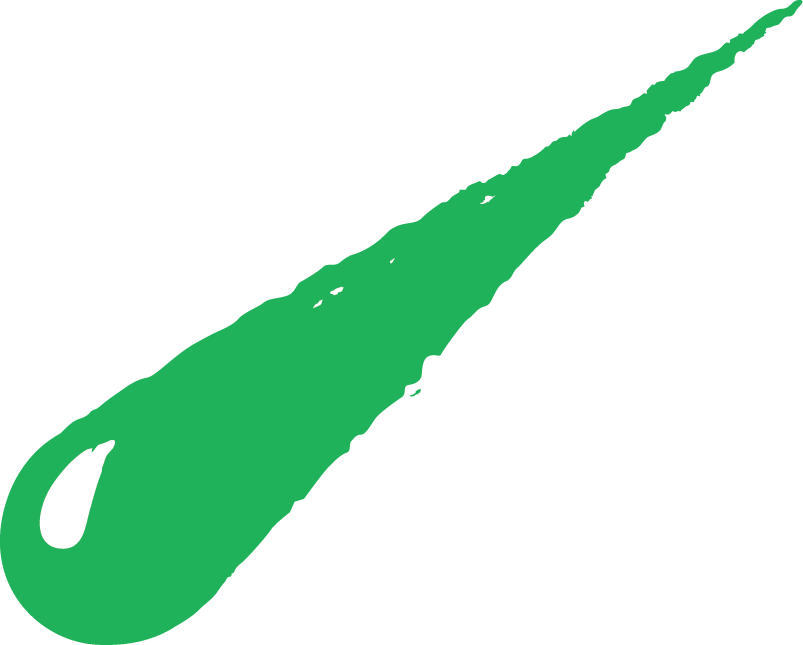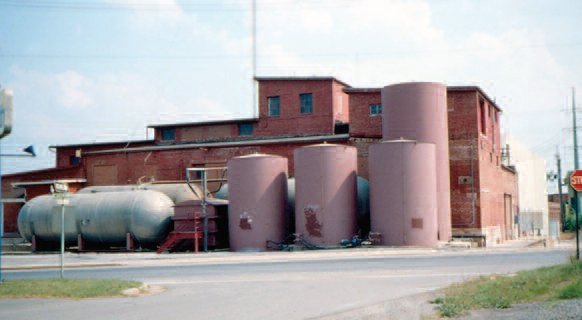The 1960s
In the 1960s, The fertilizer most farmers used was dry. Large, fan-like devices spun granules onto the field, where the coverage and effect were uneven. Then Allied Chemical Company developed an alternative: a liquid form of nitrogen that could be spread more uniformly and applied at the same time as atrazine, a herbicide used on corn.
Intrigued, De Willard researched the product, studying brochures supplied by the Tennessee Valley Authority. His investigation convinced him that liquid fertilizer had great potential for his farming customers. He also realized that his Poolesville operation lacked the transportation links that would make the manufacture of liquid fertilizer feasible. We needed to be on the railroad, De said.
By chance, a neighboring John Deere dealer had bought a defunct dairy plant in Frederick that sat directly on a rail line, and he agreed to rent part of the building. De launched Willard Chemical Company, Inc., at the site on January 13, 1970. Railroad cars delivered phosphate, potash and nitrogen to the siding, and crews mixed the first loads of fertilizer in the old dairy. That year, the Frederick plant blended 1,800 tons, for a net profit of $1,800. At the same time, a new method of planting was taking hold in the mid-Atlantic region: no-till farming. The new approach, which planted seed without tilling the ground first, offered savings in labor and equipment cost, and a way to reduce the amount of soil lost after traditional plowing” important for conservation, and well-suited to rocky soil. But growers needed to treat the existing plant growth with Paraquat (a new plant defoliant) before they planted. Thorough cover age was required” and the application techniques and equipment Willard was introducing fit the bill.


